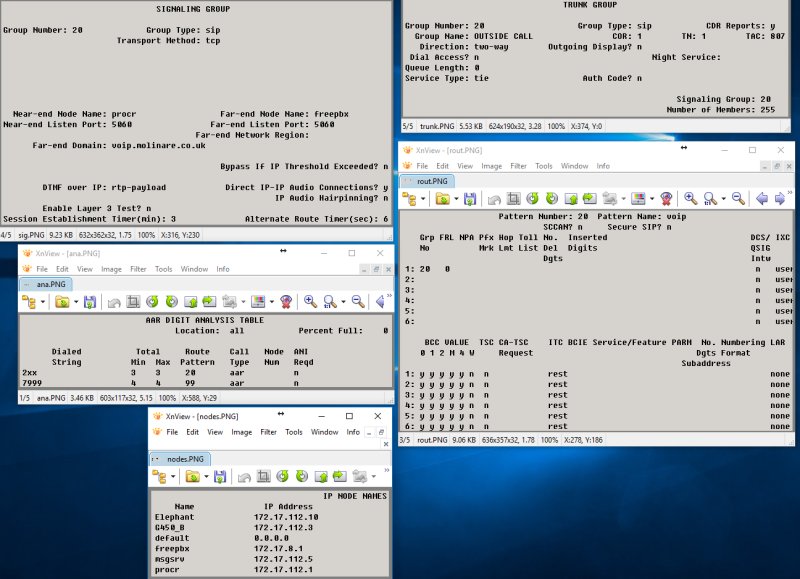Yeah, go nuts.
a proper SIP design on CM requires you to have many SIP sig groups from procr to even 1 SM. You should have 1 for SIP phones to use, you should have 1 for voicemail, another for PSTN calls. CM can always pick which trunk/sig group to go out via it's route patterns. Inbound is trickier and there's a whole thing to it.
Consider - SIP voicemail and SIP PSTN trunks on SM. SM goes to CM where CM has a sig/trunk group for each of those applications to SM on the same IP/port pair.
When SM sends a call to CM from the PSTN or voicemail, how would CM know which sig group/trunk group it belongs to? It does it by domain matching. It works like this - make your highest numbered sig group @you.com and your lowest numbered sig groups @pstn.you.com and @voicemail.you.com.
CM will look at the invite, see it's on IP/port pairs of "procr:5060 and sm:5060". It will then answer with the sig group that has the lowest number in the system if that sig group's "far end domain" can fit in its entirety into the domain of the "to" header in the invite.
That means if sig group 1 is @you.com, it'll poach everything from @anythingelse.you.com because you.com in sig1 technically fits. That's why the most explicit subdomains need to be lowest numbered and why least specific subdomains need to be highest numbered.
So, unless your SIP PSTN trunks were already going from CM to your freepbx and working, you've got nothing to worry about. Hell, if that was working, you'd already have a working trunk between both systems! What you'd do is route the calls through AAR for private and ARS. We do that all the time - put a CM next to a CS1000 we're migrating from and leave the PRIs on the CS1000 and with 1 tie line between CM/CS1k, you can call CS1000 extensions and send your short 4 digits as CLID and call 9+1+NPA-NXX-XXXX and have CM send the 10 digit public CLID if you set up your call types in AAR and ARS just right.
Make that your next exercise!


